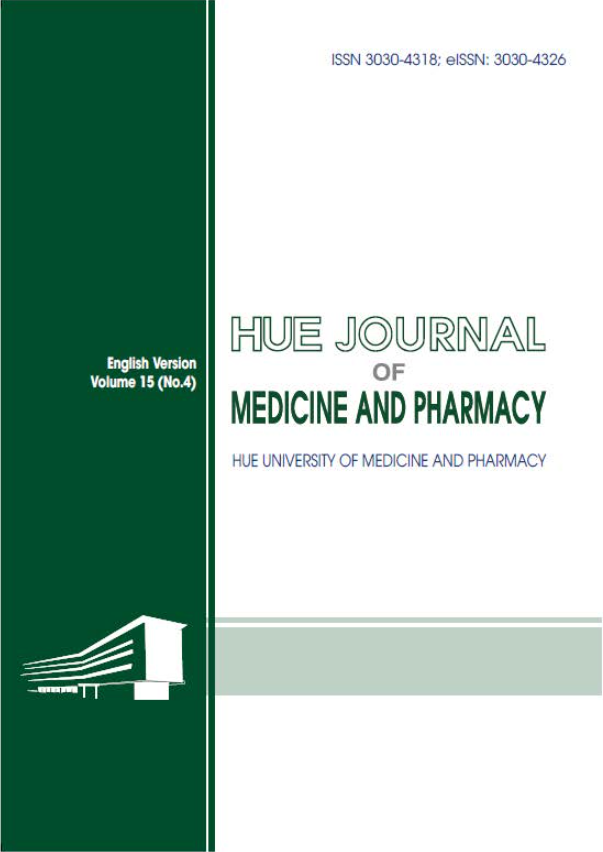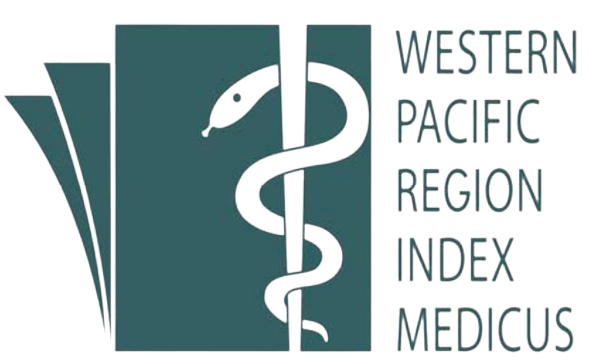Abstract
Background: An appealing smile is essential for achieving facial harmony. It reflects one’s personality, demeanor, confidence, and essence. The balance of three key components-teeth, gums, and lips contour- contributes to this harmonious expression, fostering comfort and self-assurance in social interactions. However, excessive gingival display, often referred to as a gummy smile, disrupts this balance, leading to aesthetic concerns and impacting psychological well-being and behavior.Materials and methods: A cross-sectional study involving 61 dental students with an anterior gummy smile measured anatomical dimensions related to their smiles in both resting and spontaneous smiling positions. Additionally, students were surveyed about their personal perceptions of their gummy smile condition.
Results: In a resting position, the mean height of the midface third, at 59.42 ± 4.23 mm, was significantly less than that of the lower facial third, which measured 68.72 ± 4.80 mm (p < 0.05). The mean gap between the lips at rest was 4.90 ± 2.03mm, and the exposure of the upper central incisors averaged 3.79 ± 1.33 mm. Additionally, the upper lip length was at 21.69 ± 1.87 mm. During spontaneous smiling, the gingival display compared to the upper lip was 4.75 ± 1.00 mm, while the mobility of the upper lip was 6.70 ± 1.60 mm. Regarding personal perception, a gummy smile diminishes patients’ self-awareness, resulting in negative emotional repercussions and impacting quality of life in specific domains, including psychological discomfort and disability. Conclusion: A gummy smile can significantly affect personal perception, emotional well-being, and overall quality of life. More comprehensive research is essential to develop effective treatment strategies that enhance patients’ psychological health, boost their confidence, and improve their aesthetic satisfaction.
| Published | 2025-08-30 | |
| Fulltext |
|
|
| Language |
|
|
| Issue | Vol. 15 No. 4 (2025) | |
| Section | Original Articles | |
| DOI | 10.34071/jmp.2025.4.4 | |
| Keywords | gummy smile, resting position, spontaneous smile, excessive gingival display, personal perception |

This work is licensed under a Creative Commons Attribution-NonCommercial-NoDerivatives 4.0 International License.
Copyright (c) 2025 Hue Journal of Medicine and Pharmacy
Silberberg N, Goldstein M, Smidt A. Excessive gingival display–etiology, diagnosis, and treatment modalities. Quintessence Int Berl. 2009;40:809-18.
Robbins JW. Differential diagnosis and treatment of excess gingival display. Pract Periodontics Aesthet Dent. 1999;11:265-72.
Coslet JG, Vanarsdall R, Weisgold A. Classification of delayed passive eruption of the dentogingival junction in adults. Omegan. 1977;70:24-8.
Murakami S, Mealey BL, Mariotti A, Chapple ILC. Hue Journal of Medicine and Pharmacy, Volume 15, No.4/2025 Dental plaque-induced gingival conditions. J Periodontol. 2018;89.
Almiñana-Pastor PJ, Buitrago-Vera PJ, Alpiste-Illueca FM, Catalá-Pizarro M. Hereditary gingival fibromatosis: Characteristics and treatment approach. J Clin Exp Dent. 2017;9.
Bourne CO, Sa B. Orthodontic treatment need of children in Trinidad and Tobago. West Indian Med J. 2012;61(2).
de Oliveira BH, Nadanovsky P. Psychometric properties of the Brazilian version of the Oral Health Impact Profile–short form. Community Dent Oral Epidemiol. 2005;33:307-14.
Anand S, Tripathi S, Chopra A, Khaneja K, Agarwal S. Vertical and horizontal proportions of the face and their correlation to phi among Indians in Moradabad population: A survey. J Indian Prosthodont Soc. 2015;15:125-30.
Clínico C, Verónica G, León R, Mosquera ED, Lara IQ, Ramón J, et al. Revista Mexicana de Ortodoncia. 2020;8.
Jeelani W, Fida M, Shaikh A. The maxillary incisor display at rest: Analysis of the underlying components. Dent Press J Orthod. 2018;23:48-55.
Yong CW, Lee LX, Lee JJ, Lee JX, Koh WC, Lim AAT. Influence of lip form on the perceived ideal incisal show at rest. Am J Orthod Dentofacial Orthop. 2022;161.
Kokich VO, Kokich VG, Kiyak HA. Perceptions of dental professionals and laypersons to altered dental esthetics: asymmetric and symmetric situations. Am J Orthod Dentofacial Orthop. 2006;130:141-51.
Alaqeely R, AlRowis R, AlSeddiq A, AlShehri F, Aldosari M. Influence of gingival display on smile attractiveness assessed by Saudi Arabian laypersons and dental professionals. Sci Rep. 2023;13.
Tatakis DN, Paramitha V, Lu WE, Guo X. Upper lip characteristics and associated excessive gingival display etiologies in adults: Race and sex differences. J Periodontol. 2024;95(1):74-83.
Van der Geld P, Oosterveld P, Van Heck G, Kuijpers- Jagtman AM. Smile attractiveness: self-perception and influence on personality. Angle Orthod. 2007;77(5):759–65.
Silveira LDB, Ramos AL, Machado AW. Female perception of the attractiveness of the smile before and after gingival contouring with or without orthodontic treatment. J Esthet Restor Dent. 2021;33(1):109–15.






